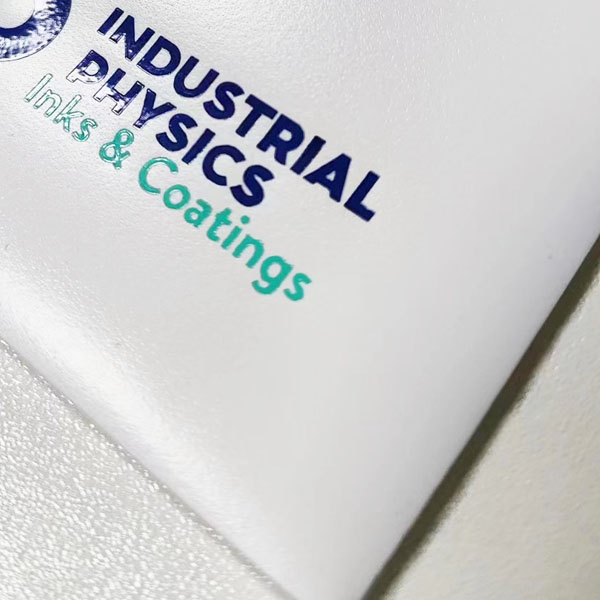Silkscreen Printing
Silk screen printing is a popular printing technique that uses a mesh screen as the base for printing. This technique involves using a photosensitive printing method to create a mesh screen with text or images. The characteristics of screen printing can be summarized as follows:
- Screen printing uses various inks: oil-based, water-based, synthetic resin, powder, and more.
- The printing plate is soft and elastic, suitable for printing on soft and hard items.
- Screen printing has low embossing force, making it suitable for fragile objects.
- The ink layer is thick and has strong covering power.
- Screen printing is not limited by the shape or size of the printed object's surface.
The process of silk screen printing involves five fundamental elements - the screen, squeegee, ink, printing table, and substrate.
The mesh screen is the foundation of the silk screen printing process. The screen has tiny holes or pores that allow ink to pass through them. The squeegee is used to apply pressure on the ink and push it through the pores in the screen, onto the substrate. The ink is then applied to the substrate, which can be a variety of materials such as paper, plastic, or fabric.
The silk screen printing process is based on the principle that ink can only pass through the pores in the mesh screen that correspond to the text or image being printed. The non-printing areas of the mesh screen are blocked, preventing ink from passing through them.
To print, ink is poured onto one end of the mesh screen, and the squeegee is used to apply pressure and move the ink across the screen. As the squeegee moves across the screen, it pushes ink through the pores and onto the substrate. The ink is then fixed to the substrate.
Screen printing is more suitable for displaying single-color or multi-color original manuscripts with clear text and lines, as well as for displaying high-contrast and clear-layered color original manuscripts. Through the special effects of screen printing, the copies have rich expressiveness, fully expressing the texture and three-dimensional effects of the original content through rich and thick ink layers and contrasting tones.
Advantages of silk screen printing:
1. No size or shape restrictions on the substrate
2. Soft and elastic screen with low printing pressure
3. Strong ink coverage, even on black paper for pure white printing with strong three-dimensional effect
4. Suitable for various types of ink
5. Strong resistance to light and rotation, maintaining the gloss of the printed product without being affected by temperature or sunlight
6. Flexible and versatile printing method
7. Convenient plate-making, low cost, and easy to master
8. Strong adhesion
9. Can be done manually or by machine
10. Suitable for long-term display, with expressive outdoor advertising capabilities.


